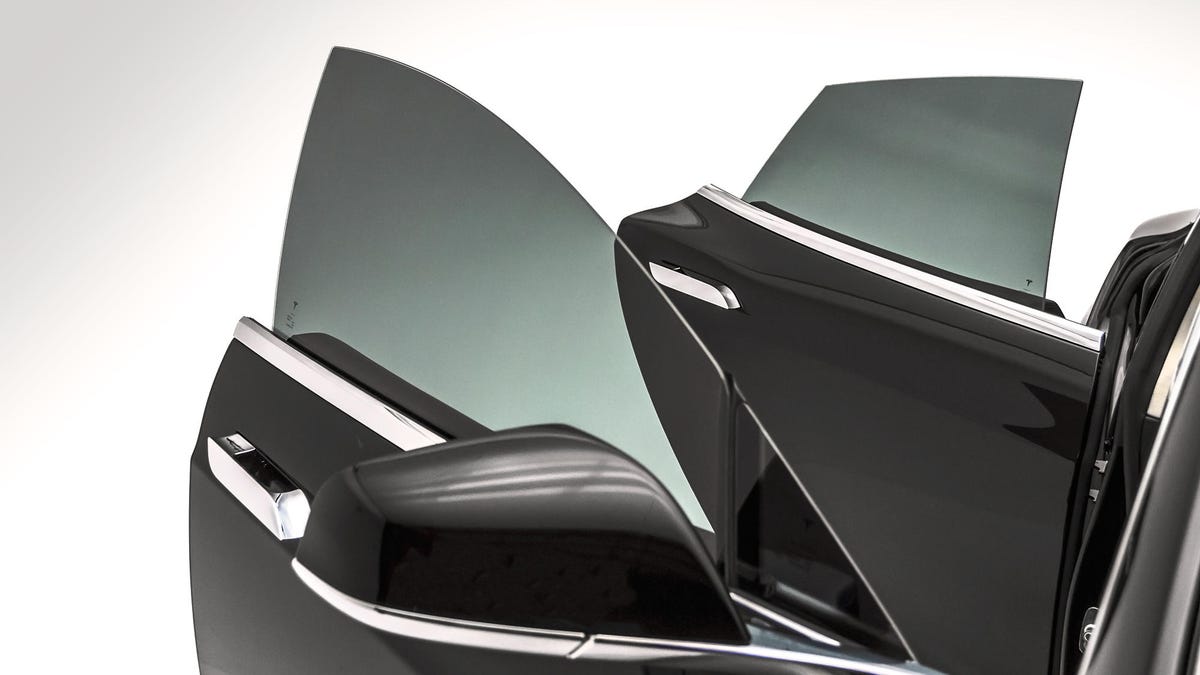Window-tint tech comes out of the darkness
Understand how modern window tinting works and you'll love your car inside and out.

At a quick glance, window tint just looks like a dyed plastic sheet. But at $100 a yard, the new films are actually thin, transparent sheets of nanotechnology.
What was once a market dominated by darkness now also offers nearly invisible products that still block virtually all infrared and ultraviolet light, the latter being the one that fries the inside of your car, your skin and that of your kid in the back. The best films are equivalent to an SPF 1,000 sunscreen, according the Jane Chao, Global Application Development Specialist at 3M.
You can also get those benefits with a dark tint in the same kind of high-tech film, but now shade and effectiveness are decoupled, making your choice more satisfying. Many drivers will still want the dark look for privacy, theft prevention or just to look cool pulling up to the club.
Once you decide on shade, here are the other points to consider before selecting a film:
- Research the UV, IR and visible light rejection rates of that shade from various makers.
- Ask about wireless. Is the film signal-friendly so it won't degrade wireless signals in and out of the car?
- Add you car's factory tint level to that of the film you choose and check against state laws for shade and placement.
- Select a great tint shop. We show you what to look for in this video.
By the way, don't get too hung up on the benefits of your car's factory tinted glass: OEM tinted or privacy glass tends not to have the advanced UV and IR blocking abilities of modern aftermarket film. It's not a film, but part of the glass manufacture and in a different class of technology.
Finally, take your time making any tint film decision. No matter what you get, it's about as much fun to remove as wallpaper if you get it wrong.

